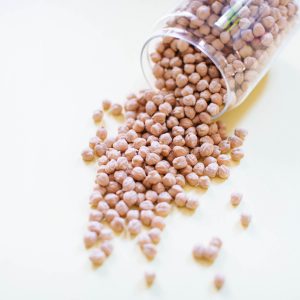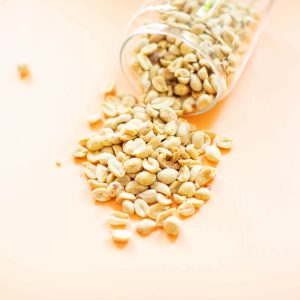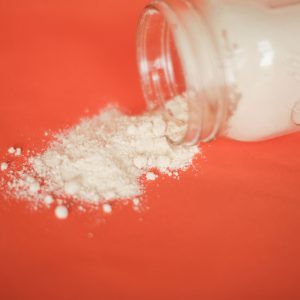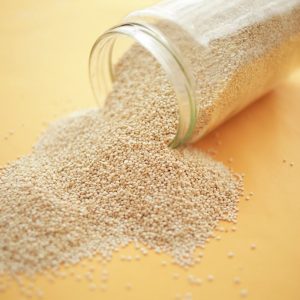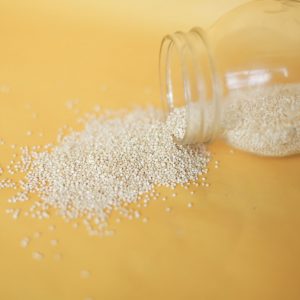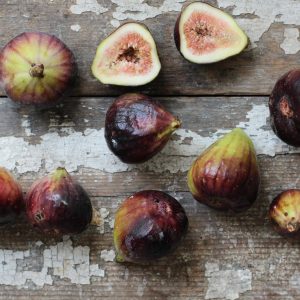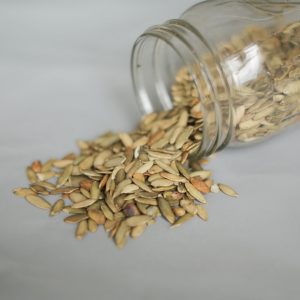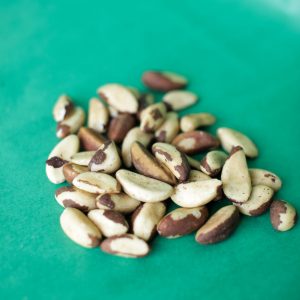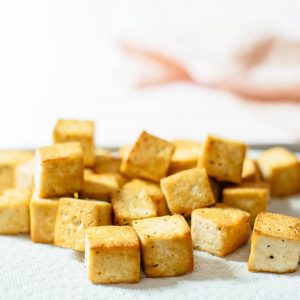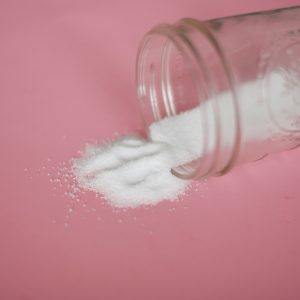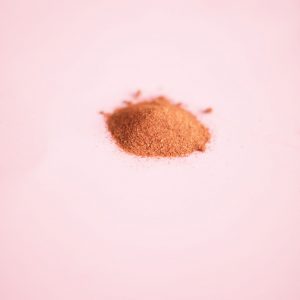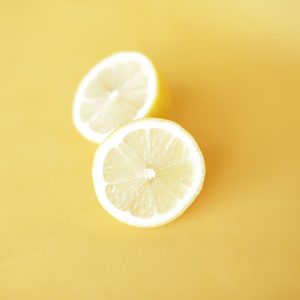Honey is the sweet syrup made by bees from the nectar of flowers.
Honey has been used for centuries in common Ayurveda medicine for treating sore throats, colds, and wound healing. Just as maple syrup has different food grades, honey does as well. It is graded into A, B, or C categories. Grade A is the best quality and reflects not only the texture, but also the flavor of floral and sweetness. There are many varieties of honey due to the variance in bee harvesting, location, and type of flower the bees are collecting the nectar from.
Health Benefits of Honey:
Honey is very well-known for its antimicrobial benefits. Additionally, Manuka honey in particular has been proven to help fight against staph in addition to H. pylori, the bacteria responsible for causing stomach ulcers. Honey can also be a great tool for soothing a sore throat caused by the common cold, and it can also help suppress nighttime coughing.
Nutrient Breakdown of Honey:
*Minor nutrients found
- Carbohydrates — mainly fructose (38%) and glucose (31%)
- Antioxidants
- Vitamin C
- Zinc
- B vitamins
How To Use:
Maple syrup and honey are essentially interchangeable in recipes. Simply use as you would maple syrup for a lighter more floral flavor. Great for a touch of sweetness in hot tea, desserts, salad dressings, oatmeal and porridges.
Recipes:
Watermelon, Grapefruit & Blackberry Salad With Honey Mint Drizzle
Sweet Omelette With Red Currants
NS Recommends:
Don’t forget, honey is sugar! Honey should still be used in moderation and can be used to add a bit of additional sweetness to dishes. Recommended types include raw honey, honeycomb and creamed honey.






























